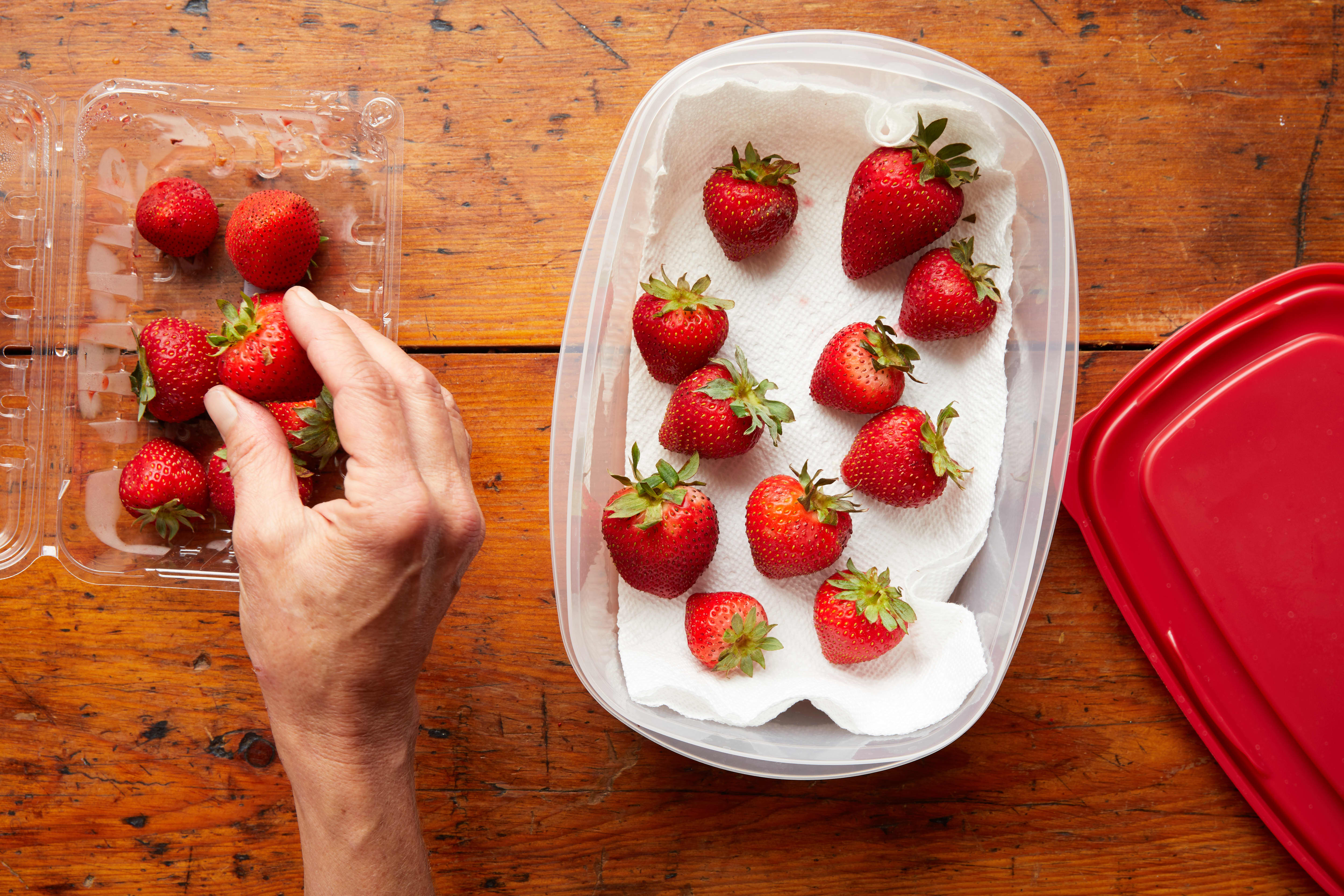

Articles
How To Store Strawberries In Refrigerator
Modified: February 24, 2024
Learn how to store strawberries in the refrigerator to keep them fresh for longer. Find helpful articles and tips on proper storage methods to enjoy delicious strawberries all week.
(Many of the links in this article redirect to a specific reviewed product. Your purchase of these products through affiliate links helps to generate commission for Storables.com, at no extra cost. Learn more)
Introduction
Strawberries are delicious and versatile fruits that are loved by many. Whether you enjoy them on their own, in smoothies, or as a topping for desserts, it’s important to know how to properly store strawberries to ensure that they stay fresh and flavorful for as long as possible. Proper storage not only helps prevent spoilage, but it also helps maintain their nutritional value and texture.
In this article, we will guide you through the steps on how to store strawberries in the refrigerator to prolong their shelf life and keep them at their best. By following these simple steps, you can enjoy the sweet taste of strawberries even after they have been stored for several days.
Key Takeaways:
- Choose fresh, firm, and fragrant strawberries for optimal storage. Remove damaged berries, rinse, hull, and dry before refrigerating to maintain their flavor and texture.
- Store strawberries in a clean, dry container in the refrigerator for 3-7 days. Avoid washing before storing, handle with care, and inspect regularly to ensure freshness.
Step 1: Choosing Fresh Strawberries
When it comes to storing strawberries, it’s essential to start with fresh and high-quality berries. Here are some tips for choosing the best strawberries:
- Look for berries that are bright red in color. Avoid strawberries that have any hints of green or white, as they are not fully ripe.
- Check the firmness of the berries. Gently press on them, and they should feel firm but not too hard. Avoid strawberries that are mushy or soft, as they may already be overripe.
- Examine the surface of the strawberries. They should be free of mold, bruises, or any signs of damage.
- Smell the strawberries. They should have a sweet and fragrant aroma. If they don’t have much scent or have a sour smell, they may not be as fresh.
By selecting the freshest strawberries, you are setting a solid foundation for successful storage and prolonged freshness.
Step 2: Preparing Strawberries for Storage
Before storing strawberries in the refrigerator, it’s important to give them a little preparation. Follow these steps to properly prepare your strawberries for storage:
- Remove any damaged or moldy berries. It’s important to discard any strawberries that show signs of spoilage to prevent them from affecting the rest of the batch.
- Gently rinse the strawberries with cool water. Avoid soaking them for too long, as strawberries are prone to absorbing water, which can affect their texture and taste. Pat them dry with a clean paper towel or kitchen cloth.
- Hull the strawberries. This involves removing the green leafy top and the tough white core from each berry. You can use a paring knife or a strawberry huller for this task. Removing the hulls not only improves the strawberries’ appearance but also helps prevent them from harboring moisture, which can cause them to spoil faster.
- Optional: If you prefer, you can slice or chop the strawberries at this stage. However, it’s generally recommended to leave them whole until you are ready to use them. Cutting strawberries too early can accelerate spoilage.
By following these steps, you are ensuring that your strawberries are clean, dry, and ready for storing in the refrigerator.
Step 3: Properly Storing Strawberries in the Refrigerator
Now that your strawberries are prepped and ready, it’s time to store them in the refrigerator. Follow these guidelines to ensure optimal storage conditions:
- Use a clean and dry container: Place the strawberries in a container that is clean, dry, and properly sealed. You can use a plastic container with a lid, a glass container, or even a resealable plastic bag. Avoid using containers or bags that are damp, as moisture can cause the strawberries to spoil.
- Line the container: If desired, you can line the container with a layer of paper towels or a kitchen cloth. This will help absorb any excess moisture and keep the strawberries dry.
- Arrange the strawberries: Place the strawberries in a single layer to prevent them from getting crushed or squished. If you have a large number of strawberries, you can stack multiple layers, but make sure to separate them with a piece of parchment paper or paper towel to prevent sticking.
- Keep them cold: Place the container of strawberries in the refrigerator, preferably on a low shelf where the temperature is more consistent. Avoid storing them near foods with strong odors, as strawberries can absorb these odors easily.
Remember to handle the strawberries gently to avoid bruising or damaging them. By properly storing your strawberries, you can help maintain their freshness and extend their shelf life.
Store strawberries in the refrigerator in a single layer on a paper towel-lined container to prevent moisture buildup and mold growth. Avoid washing them until ready to eat to prolong their freshness.
Step 4: Length of Time Strawberries Can Be Stored
While strawberries are best when consumed fresh, properly stored strawberries can be kept in the refrigerator for a certain period of time. Here are some guidelines for the storage duration of strawberries:
- Whole Strawberries: Whole strawberries can be stored in the refrigerator for about 3-7 days. However, it’s important to note that their quality and freshness will gradually decline as time goes on. It’s best to consume them within the first few days for optimal taste and texture.
- Sliced or Chopped Strawberries: If you’ve sliced or chopped your strawberries, they should be consumed within 1-3 days. Cutting strawberries exposes more surface area, making them more susceptible to spoilage.
Keep in mind that these time frames are approximate and can vary depending on the freshness of the strawberries at the time of purchase and how well they were stored.
If you’re unable to consume the strawberries within the recommended storage duration, consider freezing them to extend their shelf life. Frozen strawberries can be used in smoothies, baked goods, and sauces, allowing you to enjoy the taste of strawberries even after the fresh ones have gone bad.
Remember to always use your best judgment and perform a visual and smell test before consuming any stored strawberries. If they appear moldy, have a strong off-putting smell, or have an unusual texture, it’s best to discard them.
Read more: How To Store Cut Strawberries
Step 5: Tips for Maintaining Strawberry Freshness
To ensure that your strawberries stay fresh and flavorful for as long as possible, here are some additional tips to keep in mind:
- Do not wash before storing: It’s best to avoid washing the strawberries before storing them in the refrigerator. Washing can introduce moisture, which can accelerate spoilage. Instead, rinse them just before consuming them.
- Handle with care: Strawberries are delicate fruits and can easily bruise or become mushy. Handle them gently when transferring or storing to avoid any damage.
- Keep them dry: Moisture is the enemy when it comes to prolonging the freshness of strawberries. Make sure the strawberries are dry before storing them in the refrigerator, and avoid storing them in damp containers.
- Inspect regularly: Periodically check on your stored strawberries and remove any berries that show signs of spoilage or mold. This will prevent the spread of spoilage to the rest of the batch.
- Store separately: If you have other fruits or vegetables in the refrigerator, keep them separate from strawberries. Certain produce, like apples and bananas, release ethylene gas, which can speed up the ripening and spoilage of strawberries.
Following these tips will help maintain the freshness and quality of your strawberries for a longer period of time.
Conclusion
Properly storing strawberries in the refrigerator is essential for preserving their freshness and flavor. By following the steps outlined in this article, you can maximize the shelf life of your strawberries and enjoy their delicious taste for an extended period of time.
Remember to start with fresh and high-quality strawberries, choosing ones that are bright red, firm, and free of any signs of damage. Take the time to properly prepare the strawberries by rinsing, hulling, and drying them before storage. Use clean and dry containers, arrange the strawberries in a single layer, and keep them in the refrigerator at a consistent and cold temperature.
Keep in mind the recommended storage durations for whole strawberries and sliced/chopped strawberries, and consider freezing any excess berries if you are unable to consume them within the specified time frames.
To maintain strawberry freshness, avoid washing them before storing, handle them with care to prevent damage, keep them dry, regularly inspect for spoilage, and store them separately from other produce that releases ethylene gas.
By following these tips, you can ensure that your strawberries stay fresh, flavorful, and enjoyable for as long as possible. So go ahead and stock up on strawberries during their peak season, and savor their sweetness in various recipes even after they have been stored for days. Happy strawberry storage and indulgence!
Frequently Asked Questions about How To Store Strawberries In Refrigerator
Was this page helpful?
At Storables.com, we guarantee accurate and reliable information. Our content, validated by Expert Board Contributors, is crafted following stringent Editorial Policies. We're committed to providing you with well-researched, expert-backed insights for all your informational needs.
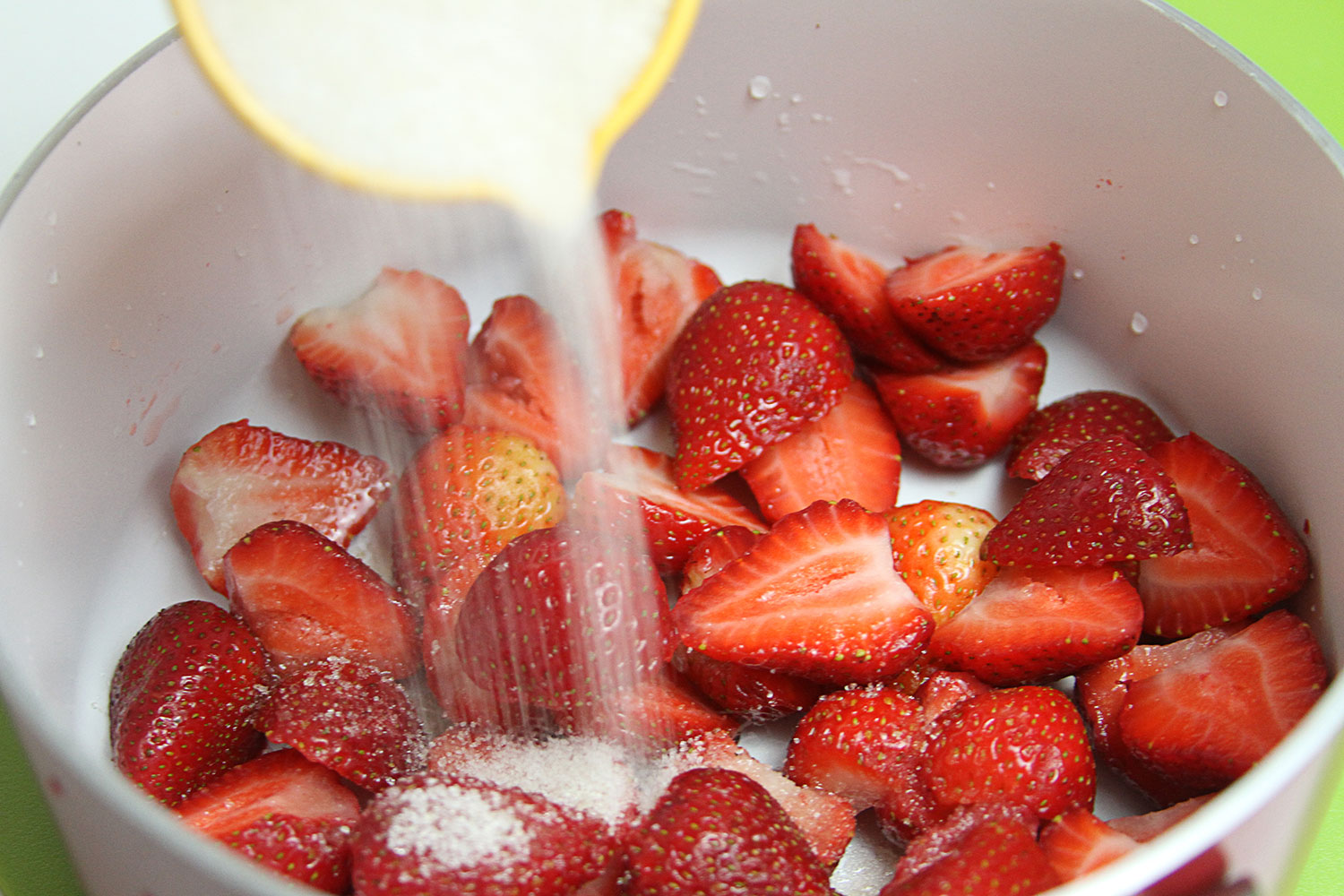
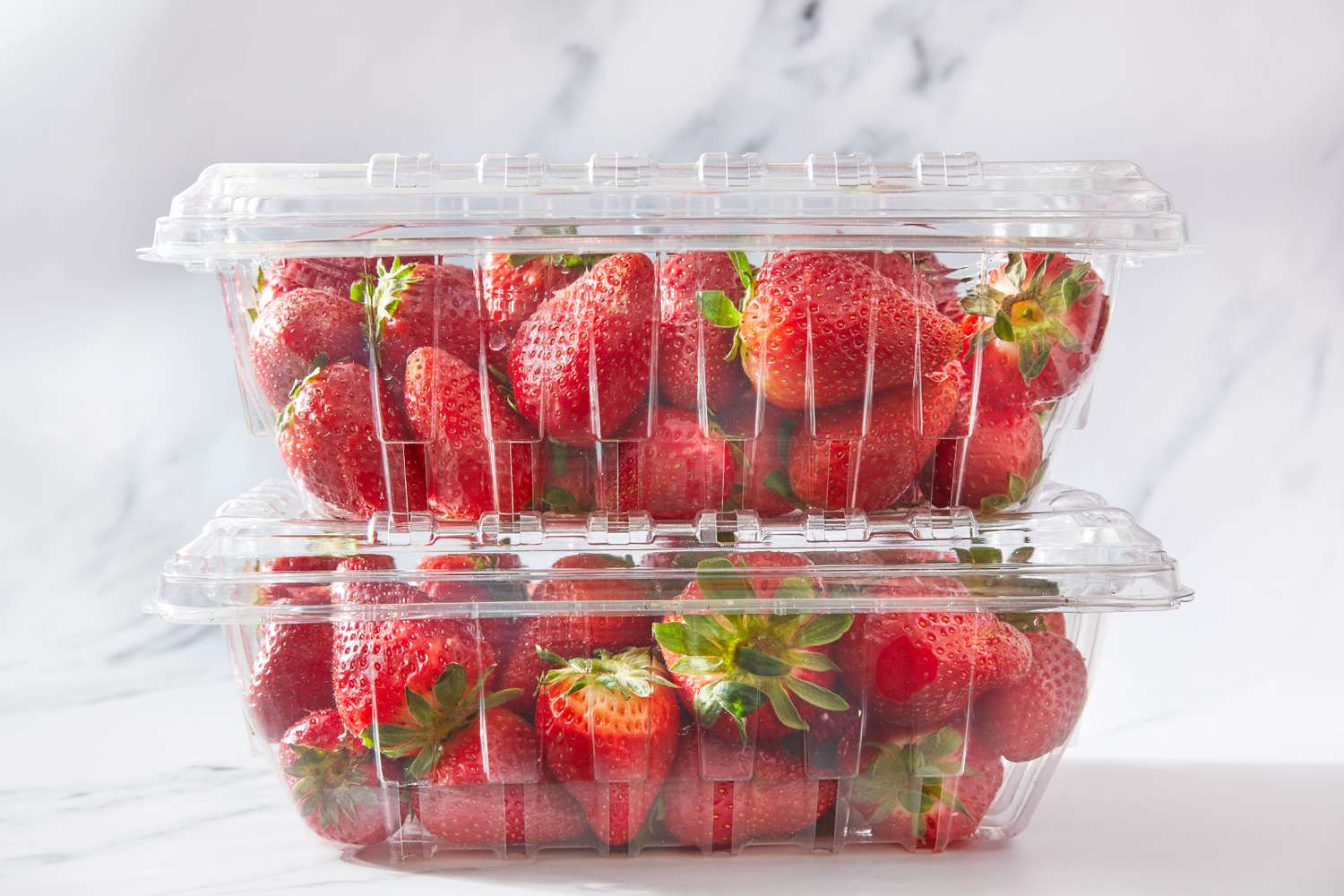
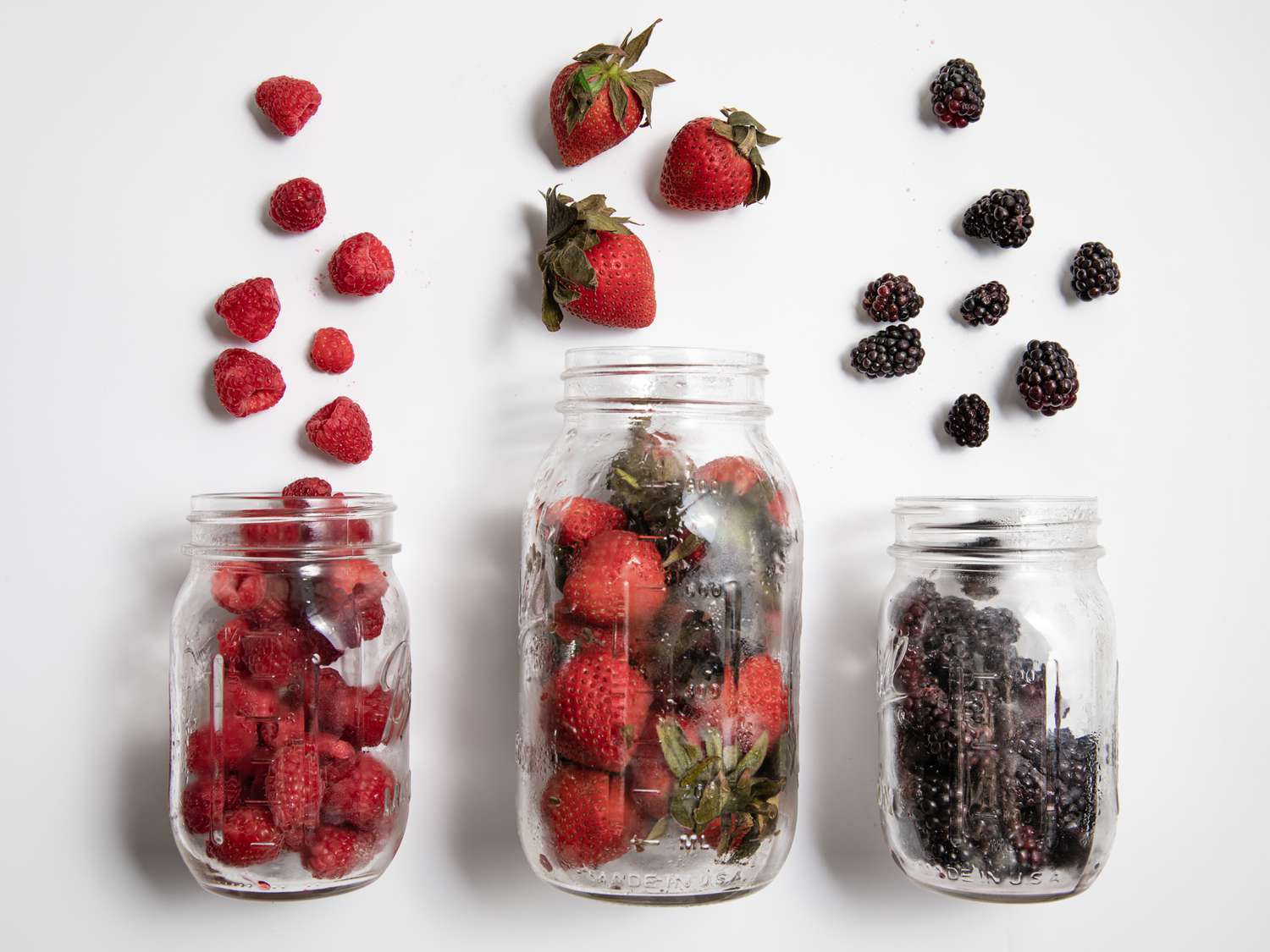
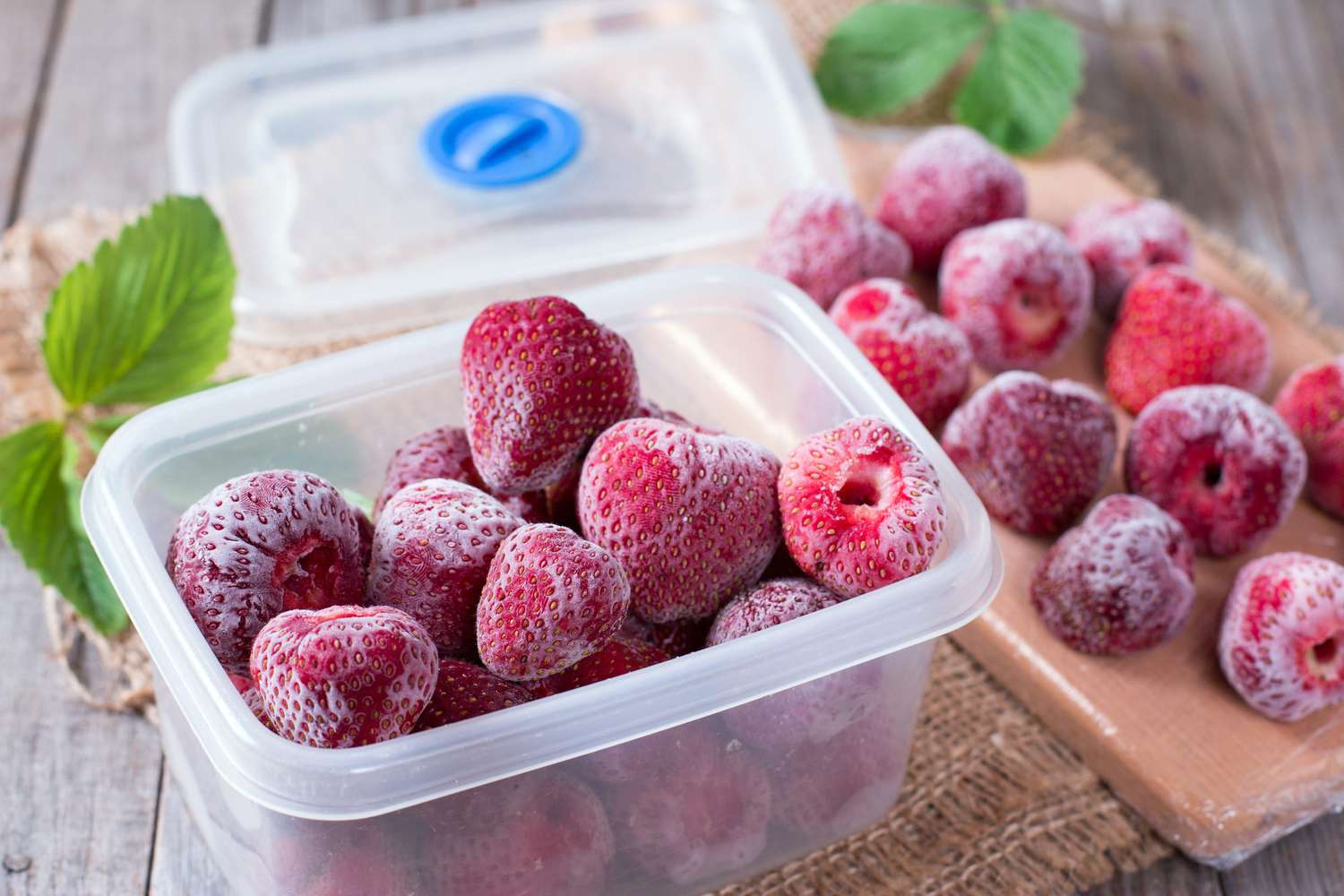
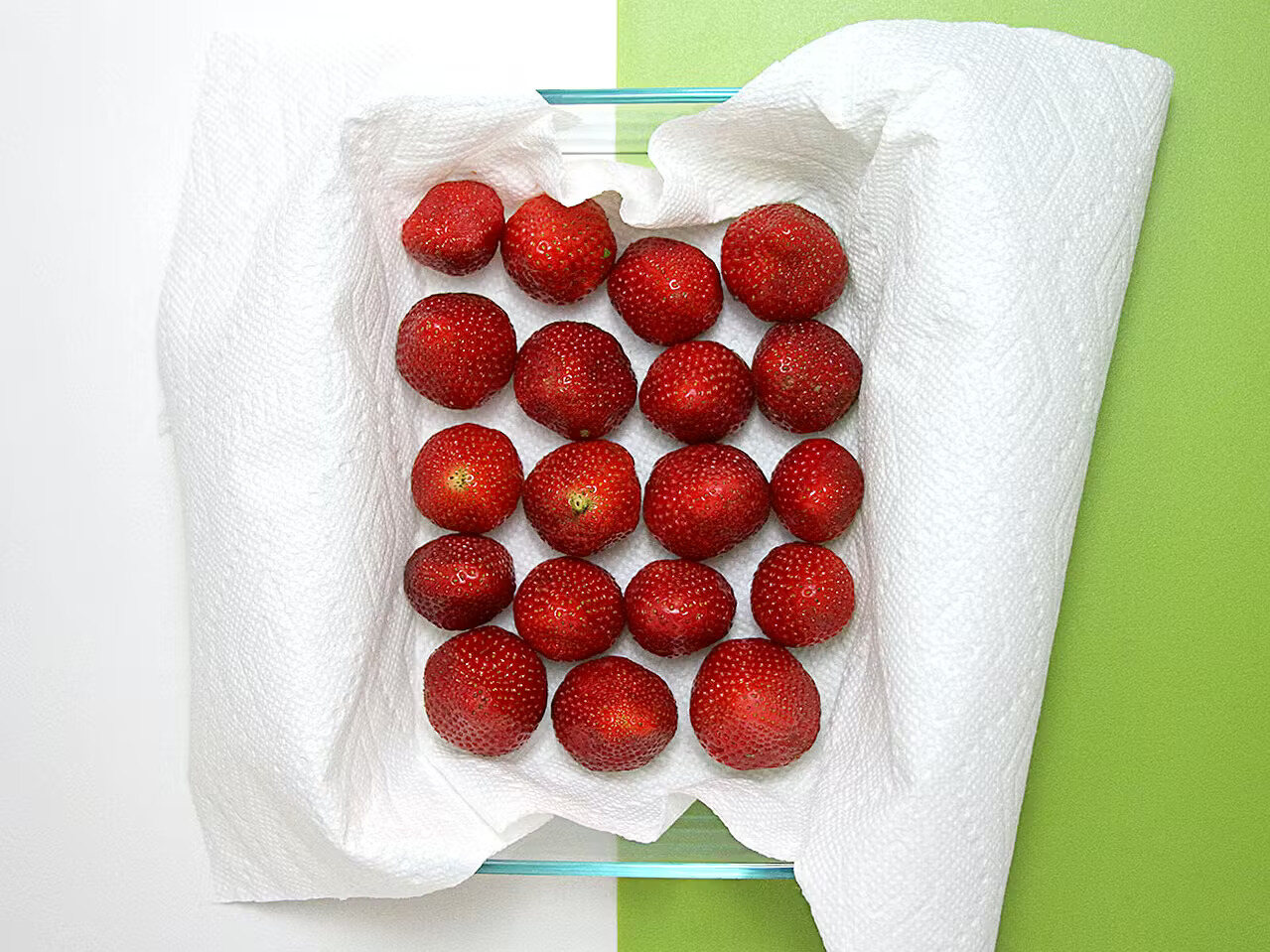
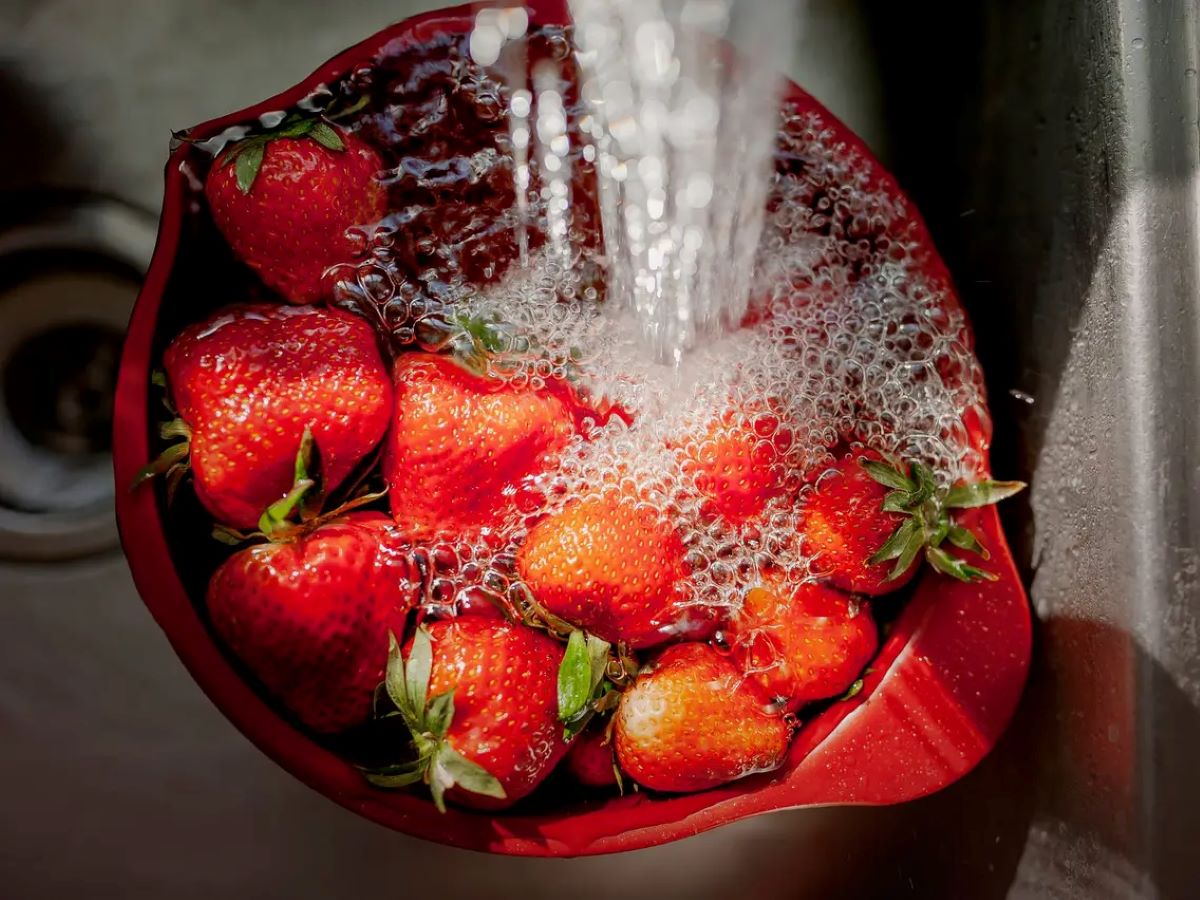

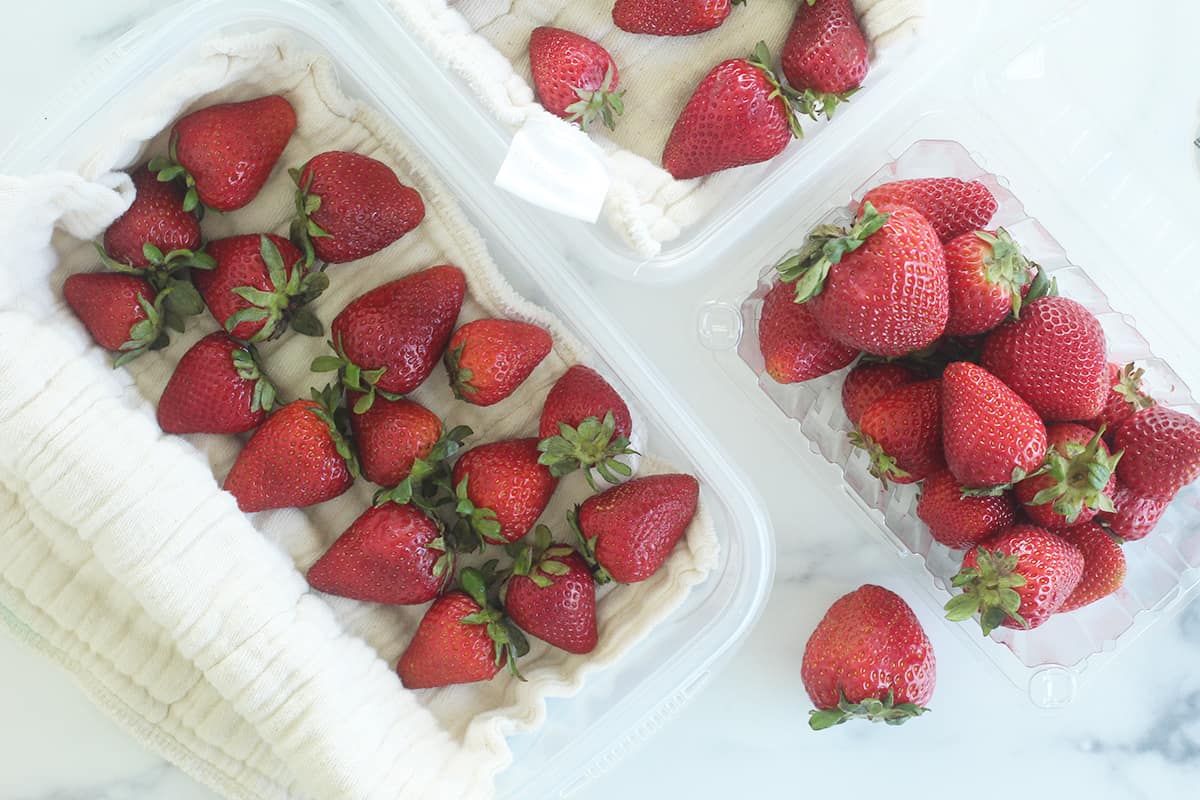


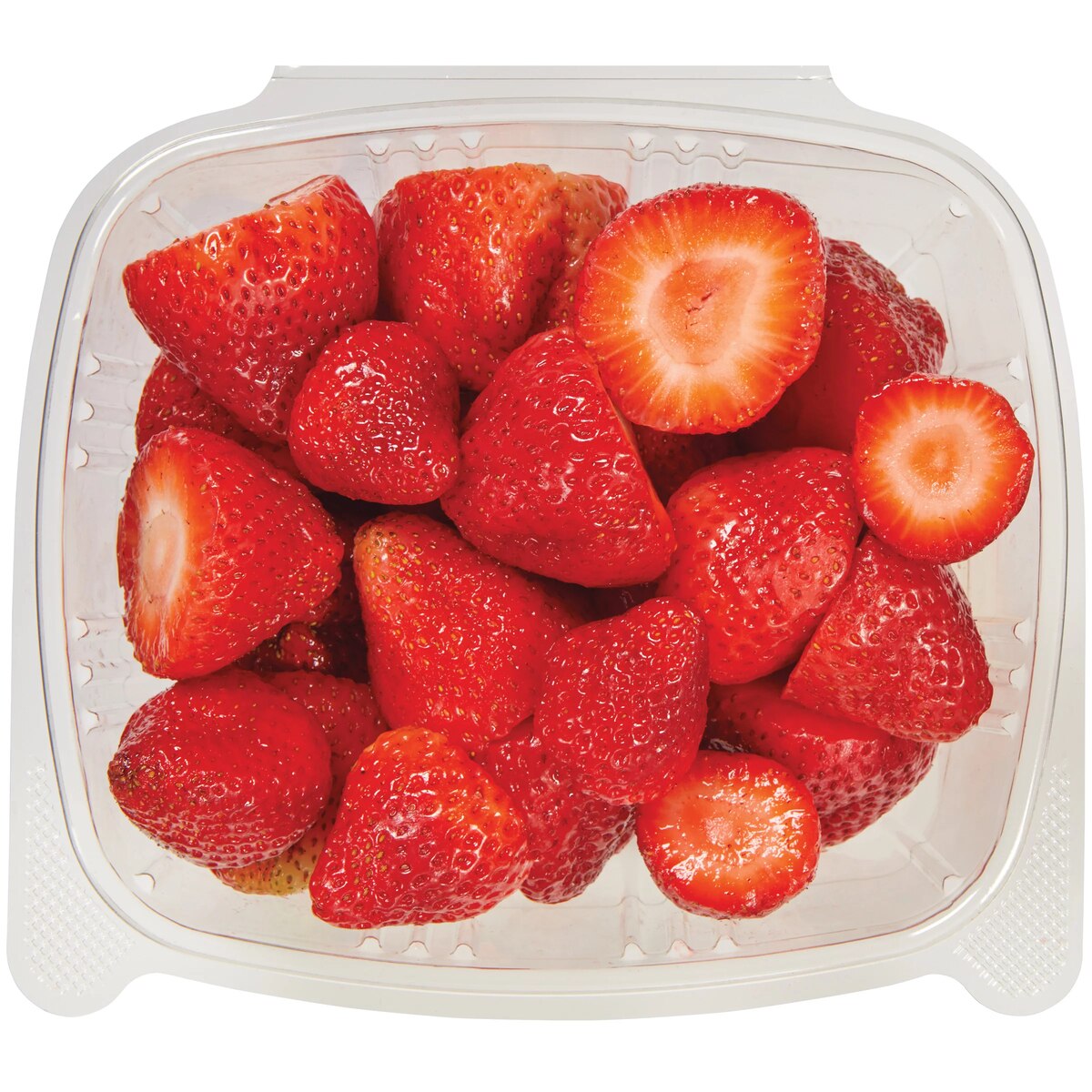
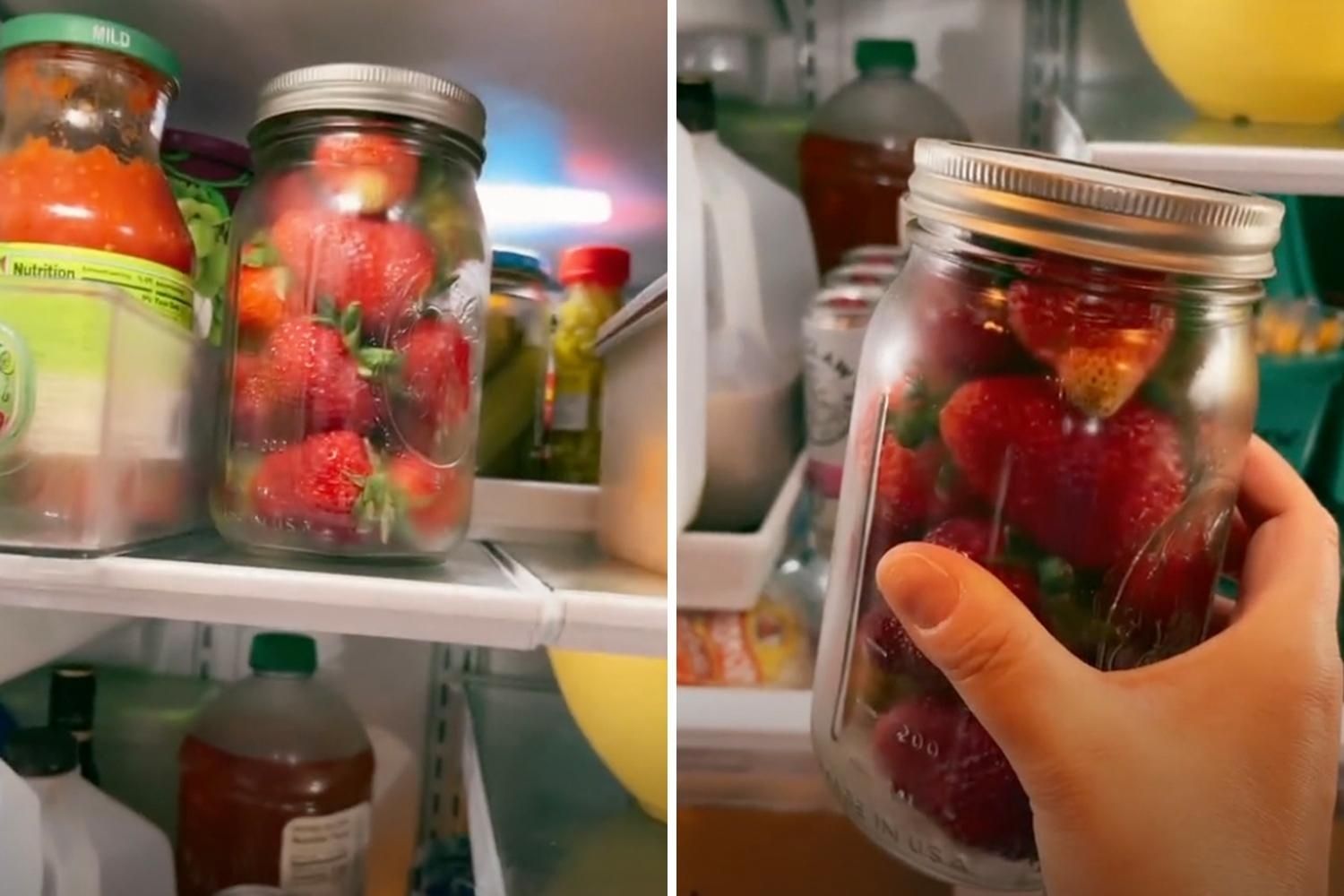



0 thoughts on “How To Store Strawberries In Refrigerator”